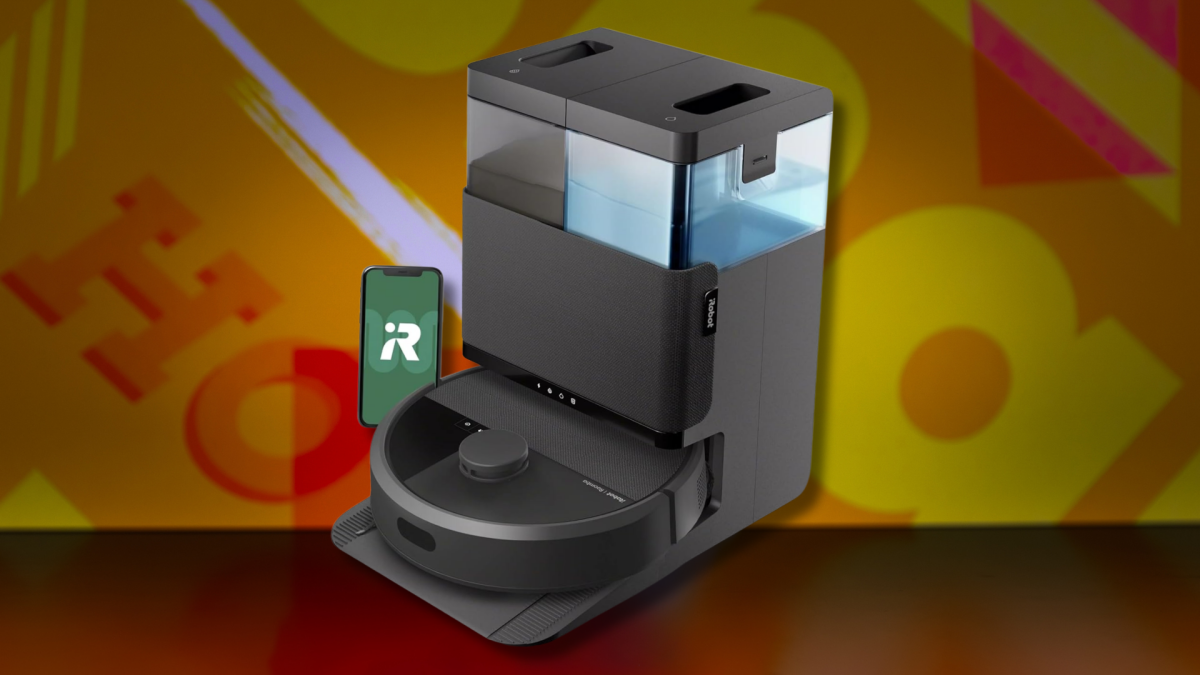SAVE $50: As of Nov. 6, the iRobot Roomba Plus 405 robot vacuum and mop is on sale for $449. That’s 10% off its list price of $499, saving you $50.
…

SAVE $50: As of Nov. 6, the iRobot Roomba Plus 405 robot vacuum and mop is on sale for $449. That’s 10% off its list price of $499, saving you $50.